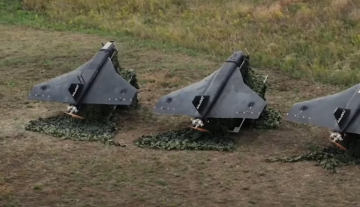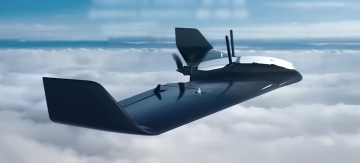Such drones, particularly the model named "Prince Vandal of Novgorod," are nearly impossible to neutralize using electronic warfare methods.
As noted by BBC Ukraine, their independence from radio waves for control makes them immune to standard EW systems that effectively neutralize traditional UAVs, making it difficult for Ukrainian forces to combat fiber-optic drones.

Experts explain that fiber-optic technology is used to transmit data via light waves through a thin glass cable. The concept of this type of transmission has existed for over 150 years, but its modern application has proven successful for Russia, especially on the front lines. Since the drone is physically "attached" to the operator, EW cannot intercept or disrupt its signal.
Military experts point out that the only way to sever the connection with the drone is by cutting the cable, which makes the drone extremely precise in striking enemy equipment.

Ukrainian engineer Maxim Sheremet developed a prototype of a fiber-optic drone called Banderyk-lenta a year and a half ago. However, his project did not receive adequate support and was rejected. Now, Ukraine is forced to seek ways to counter this new threat, while engineers assert that the potential of the technology remains unrealized.
Some experts, including Sergey Beskrestnov, view fiber-optic drones as a breakthrough, while others consider them just another avenue of development. For instance, Ivan Kirichevsky, an analyst at Defense Express, notes that the cable itself does not make the drone stronger or more resistant to physical damage. Nevertheless, the new drones are changing the situation, and a swift response to them will pose another challenge for Ukraine.
Source: bbc.com.